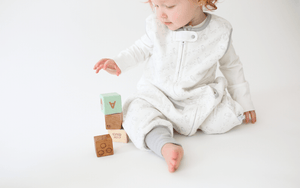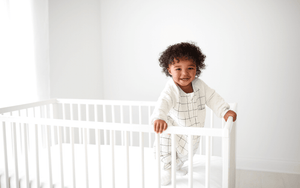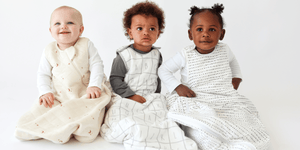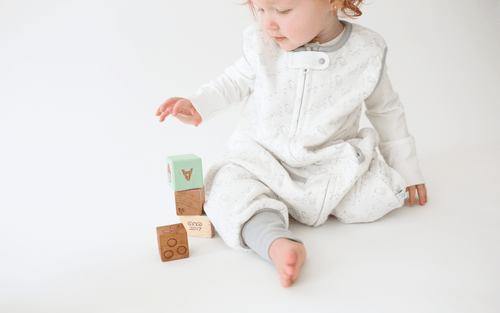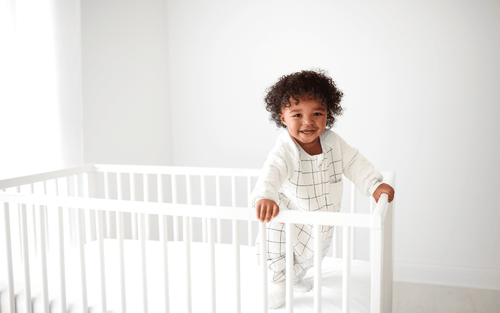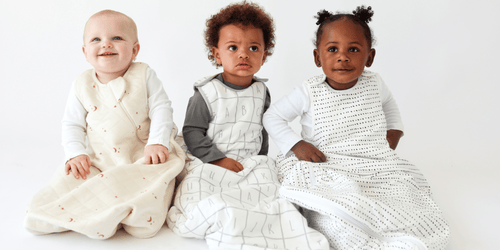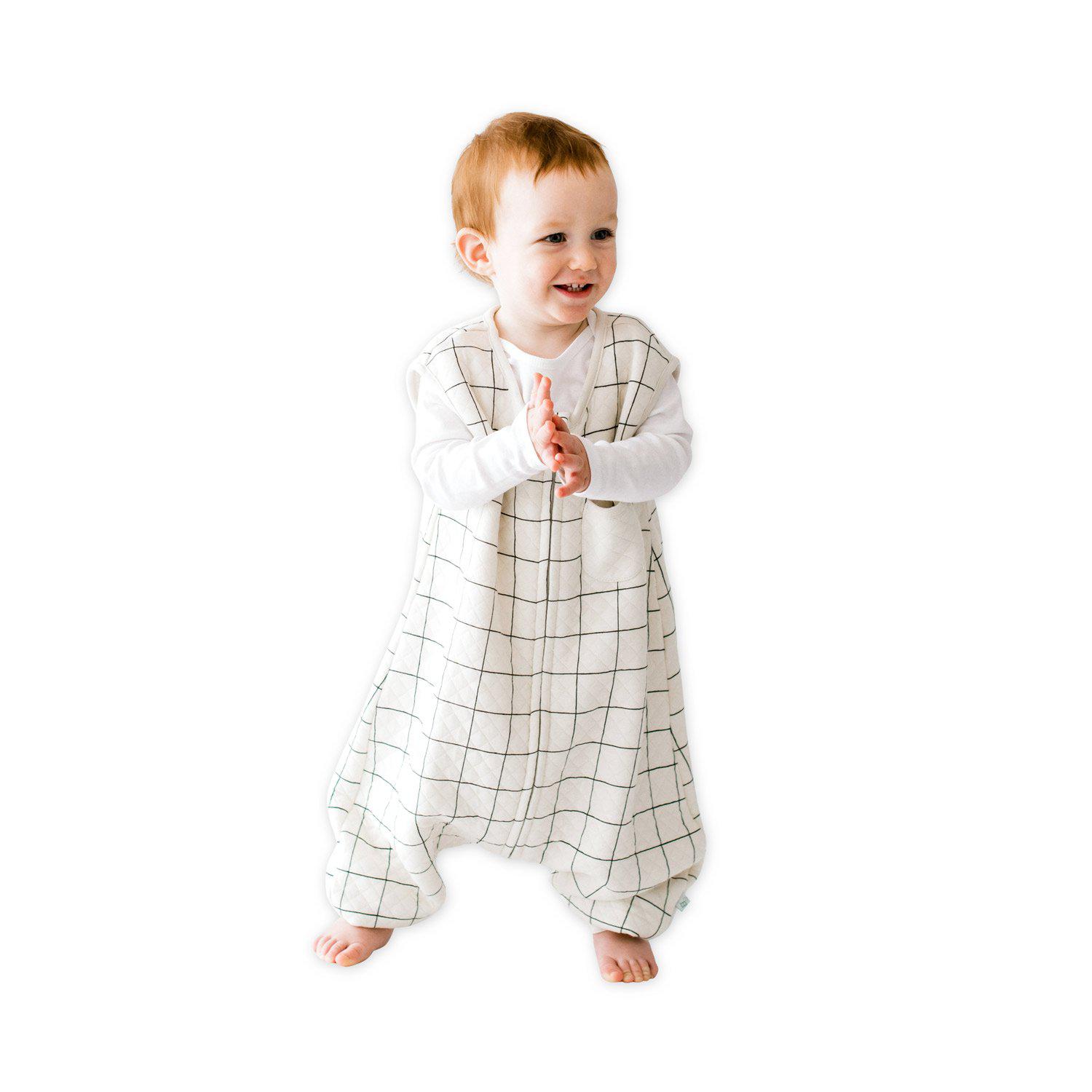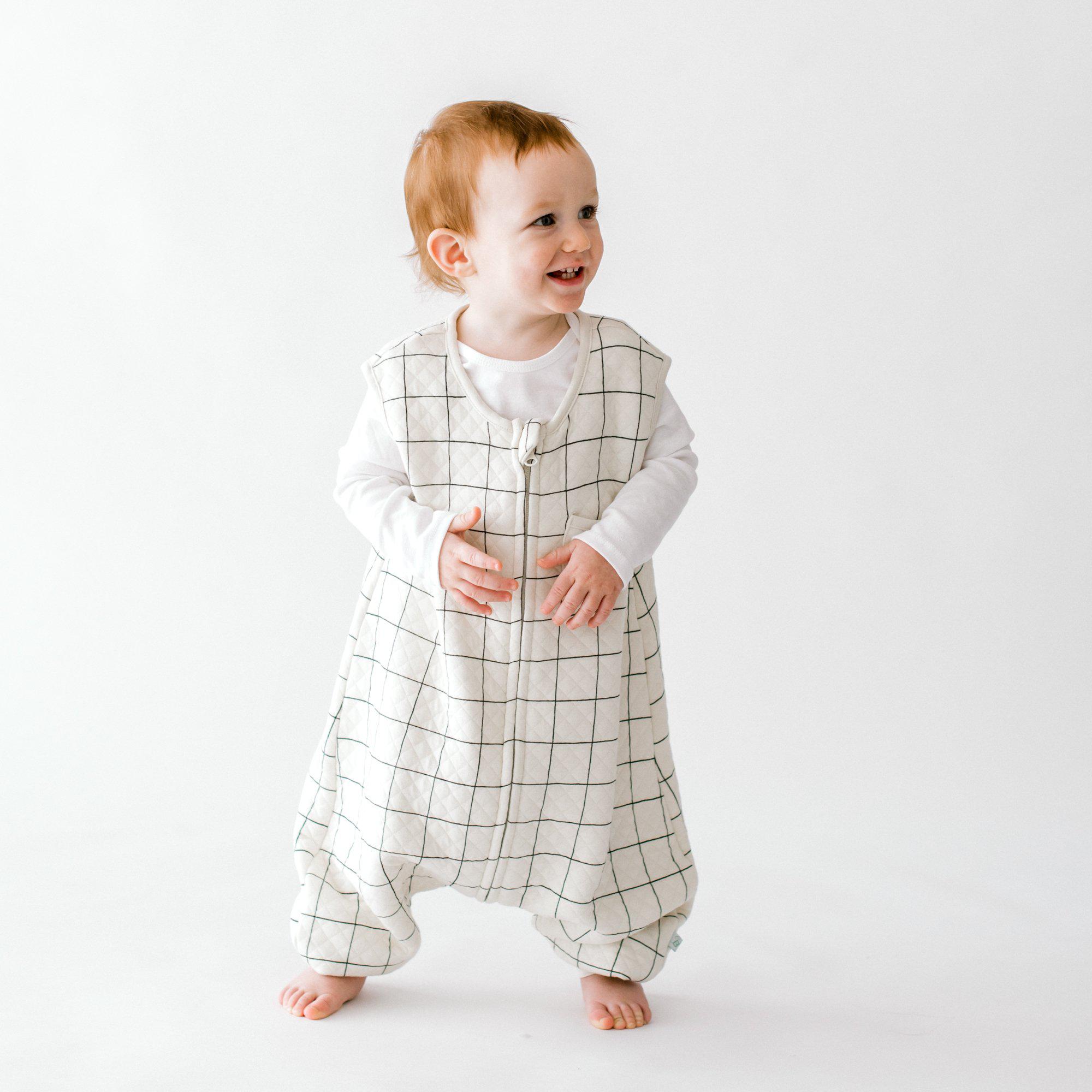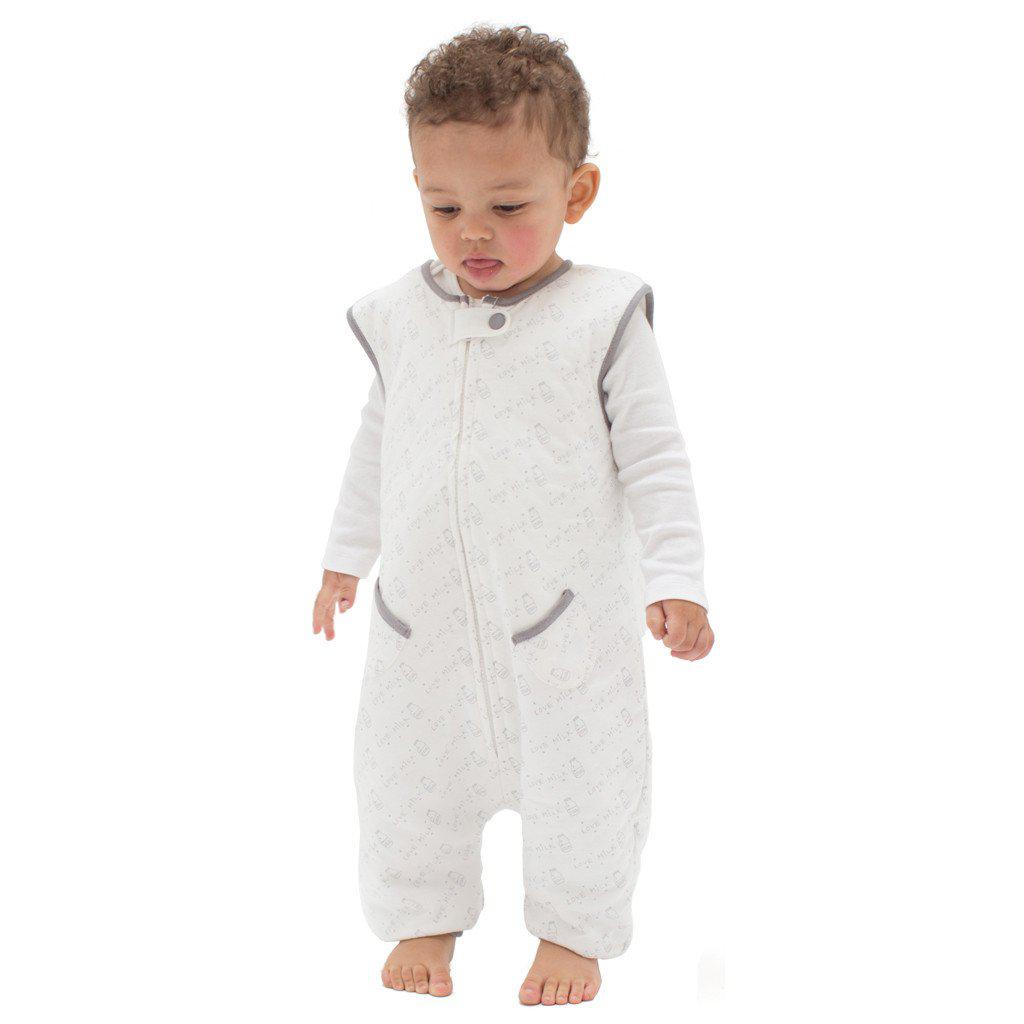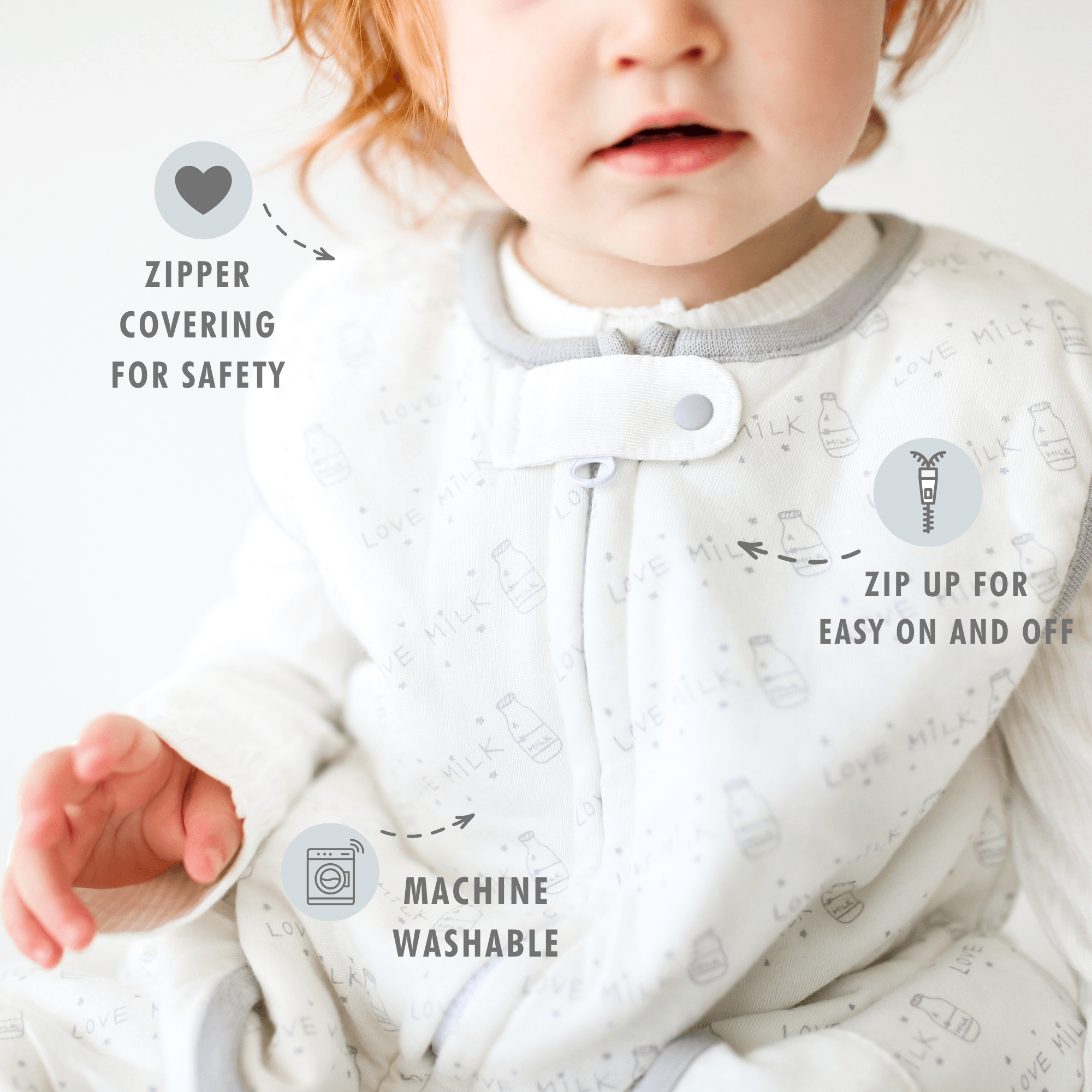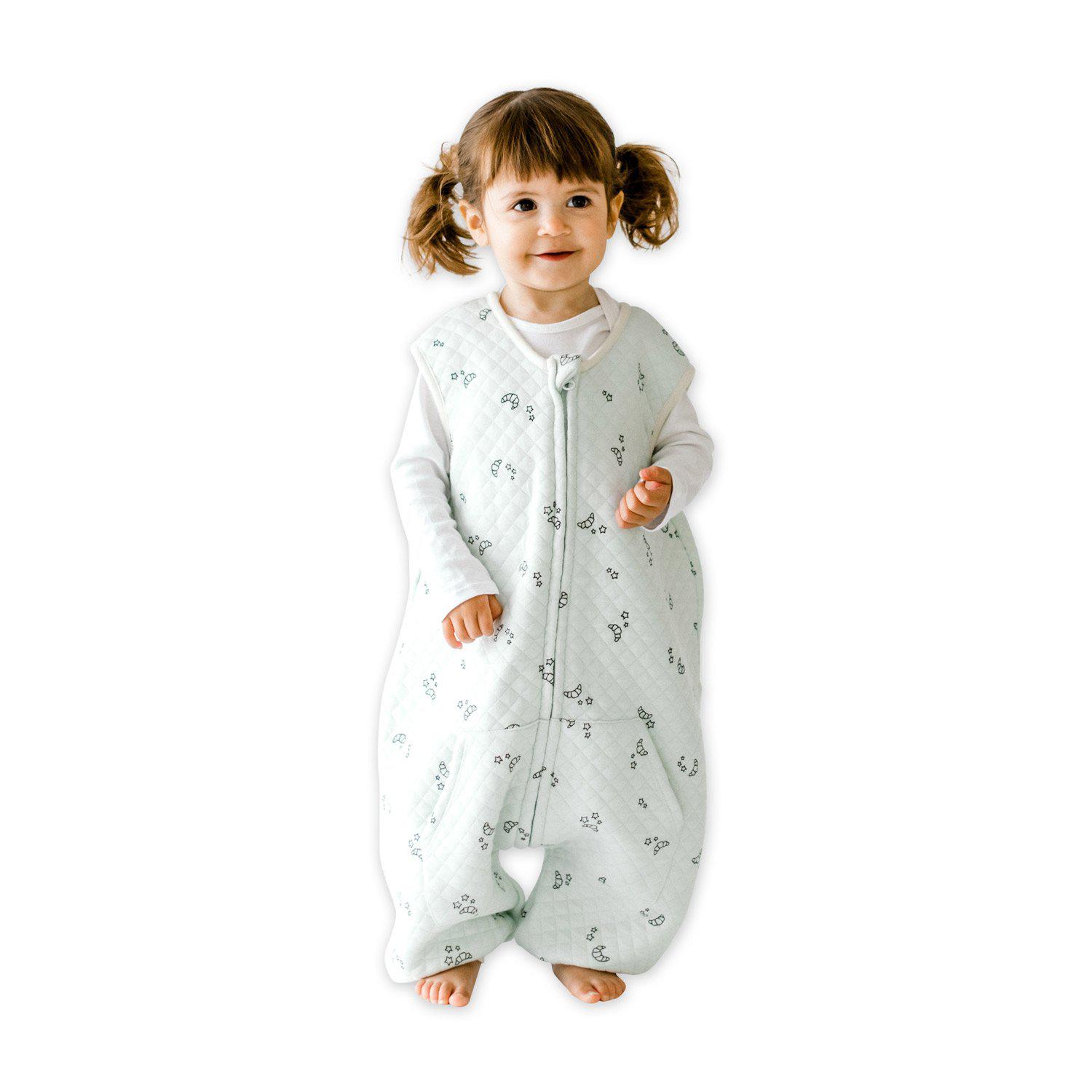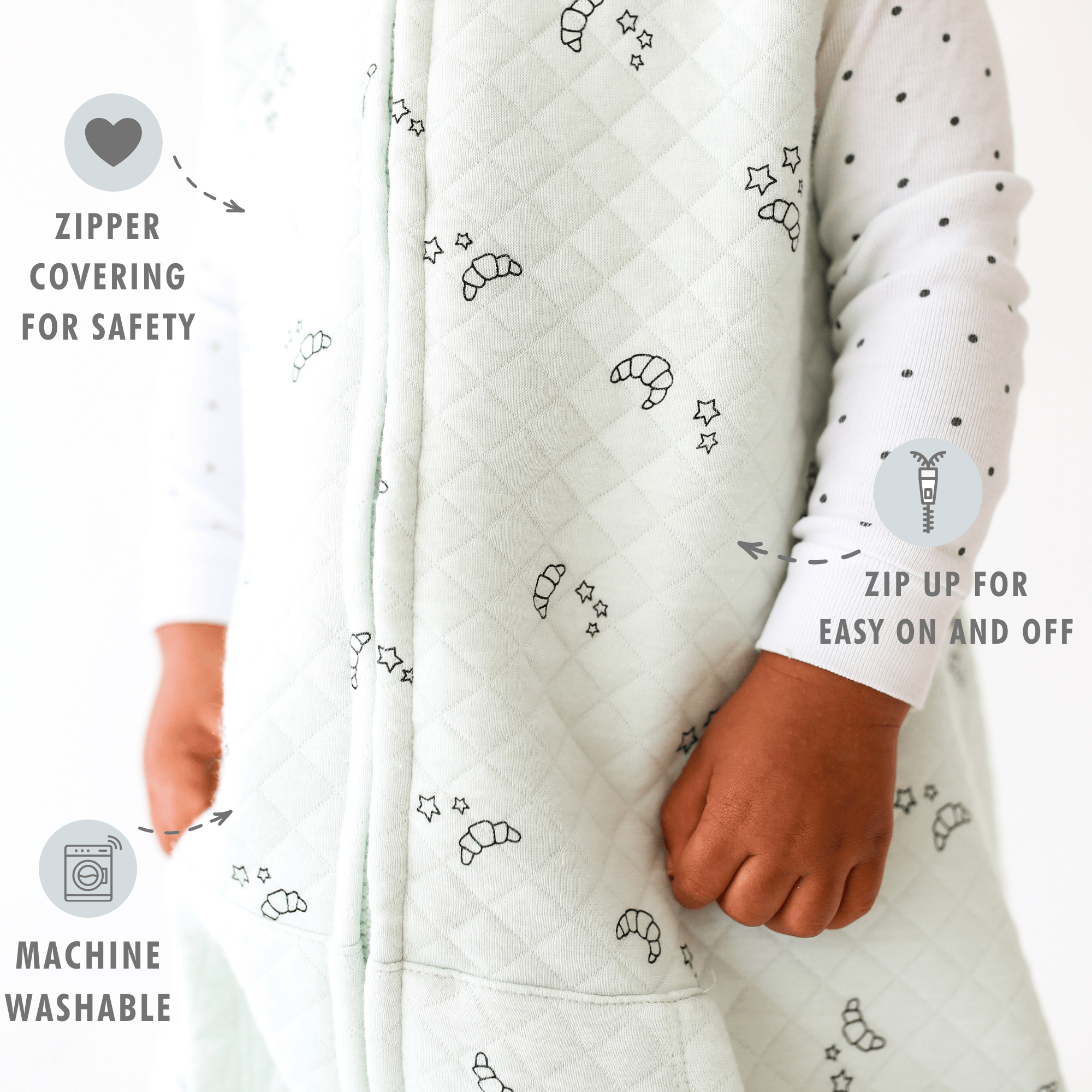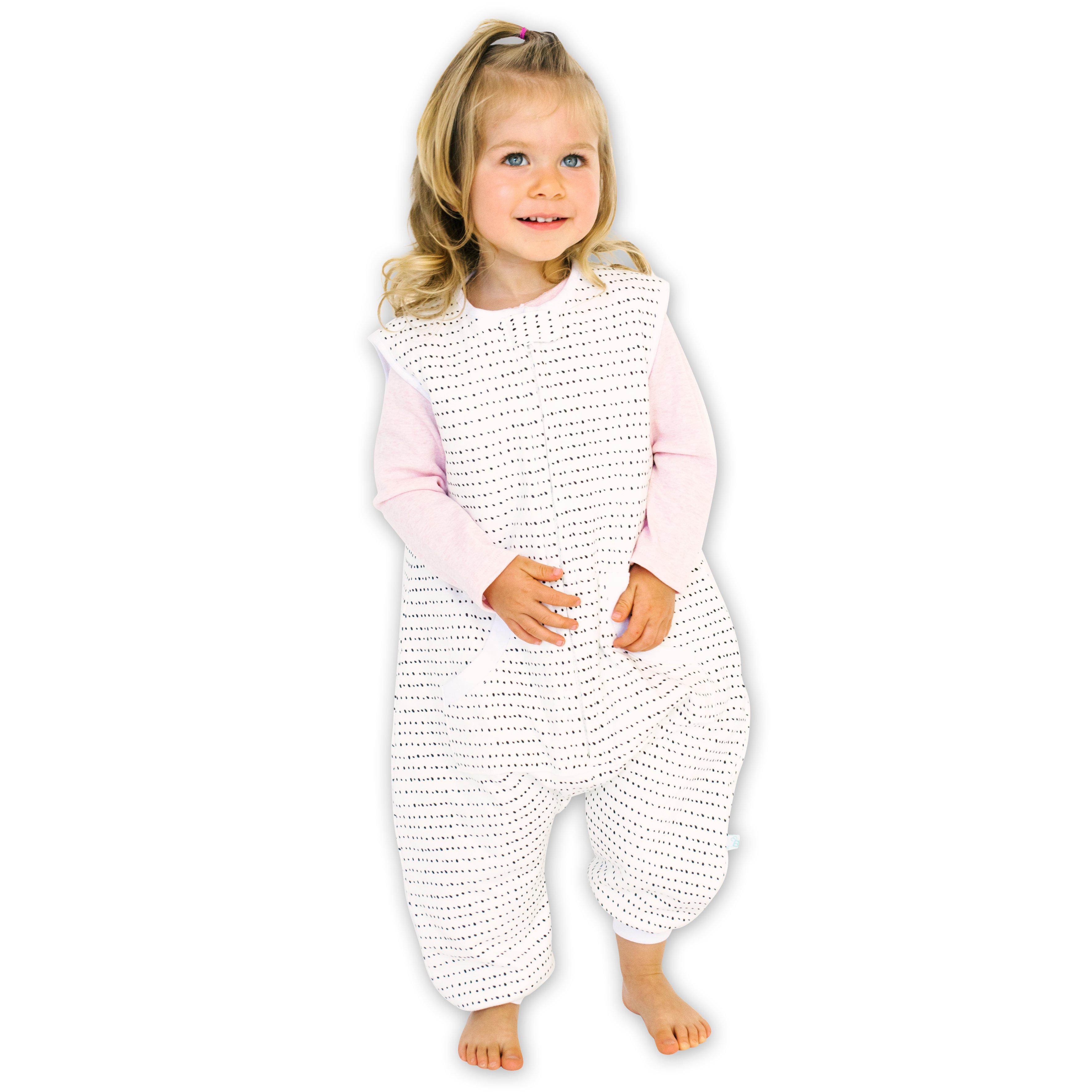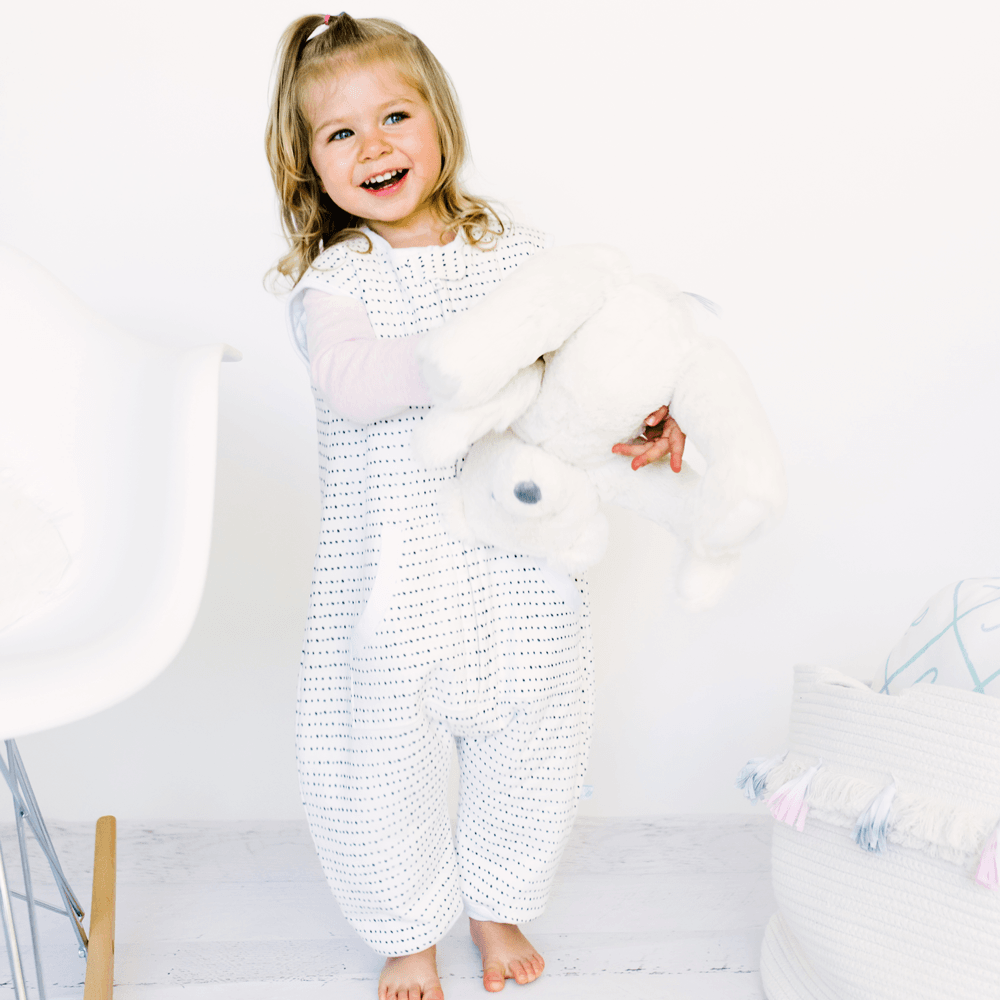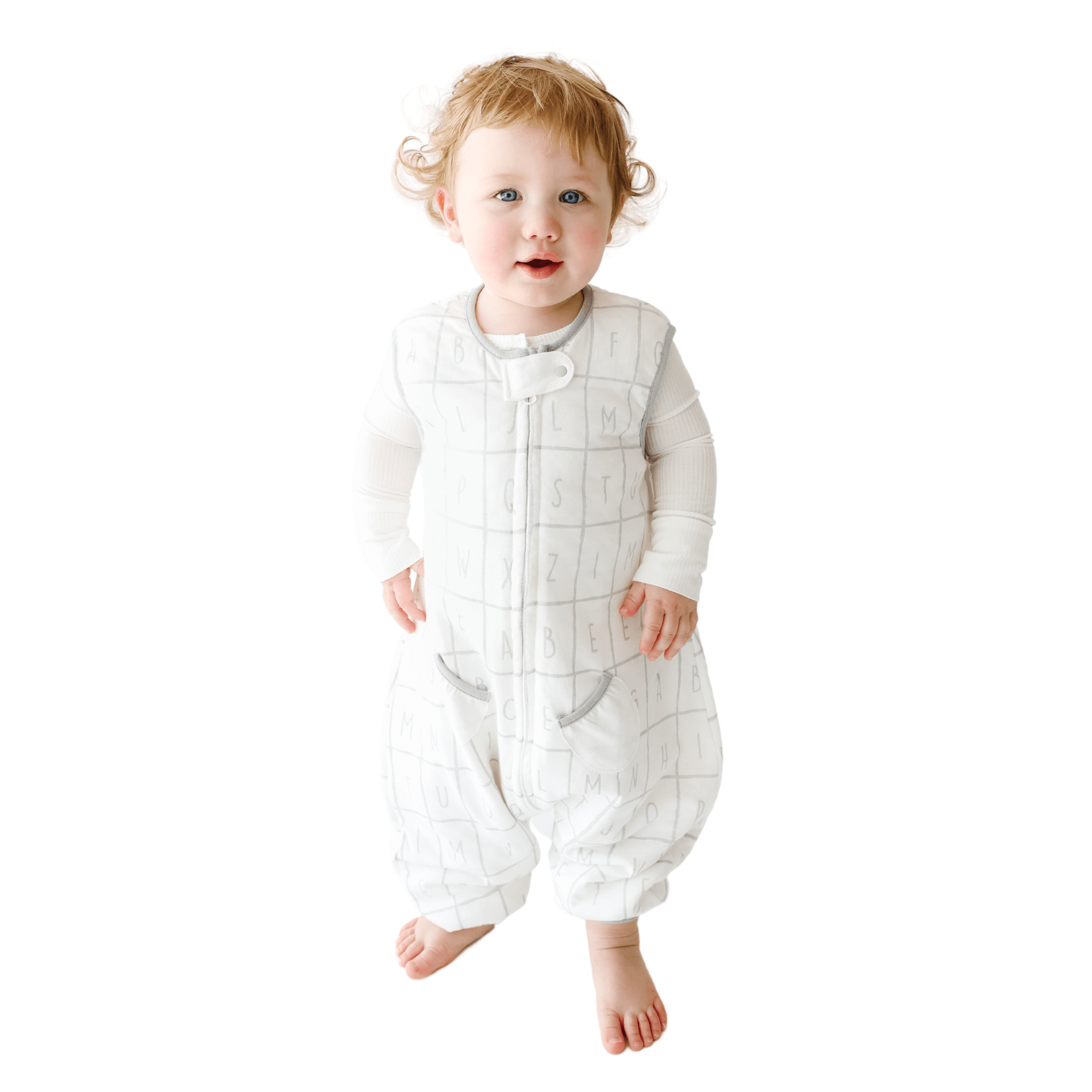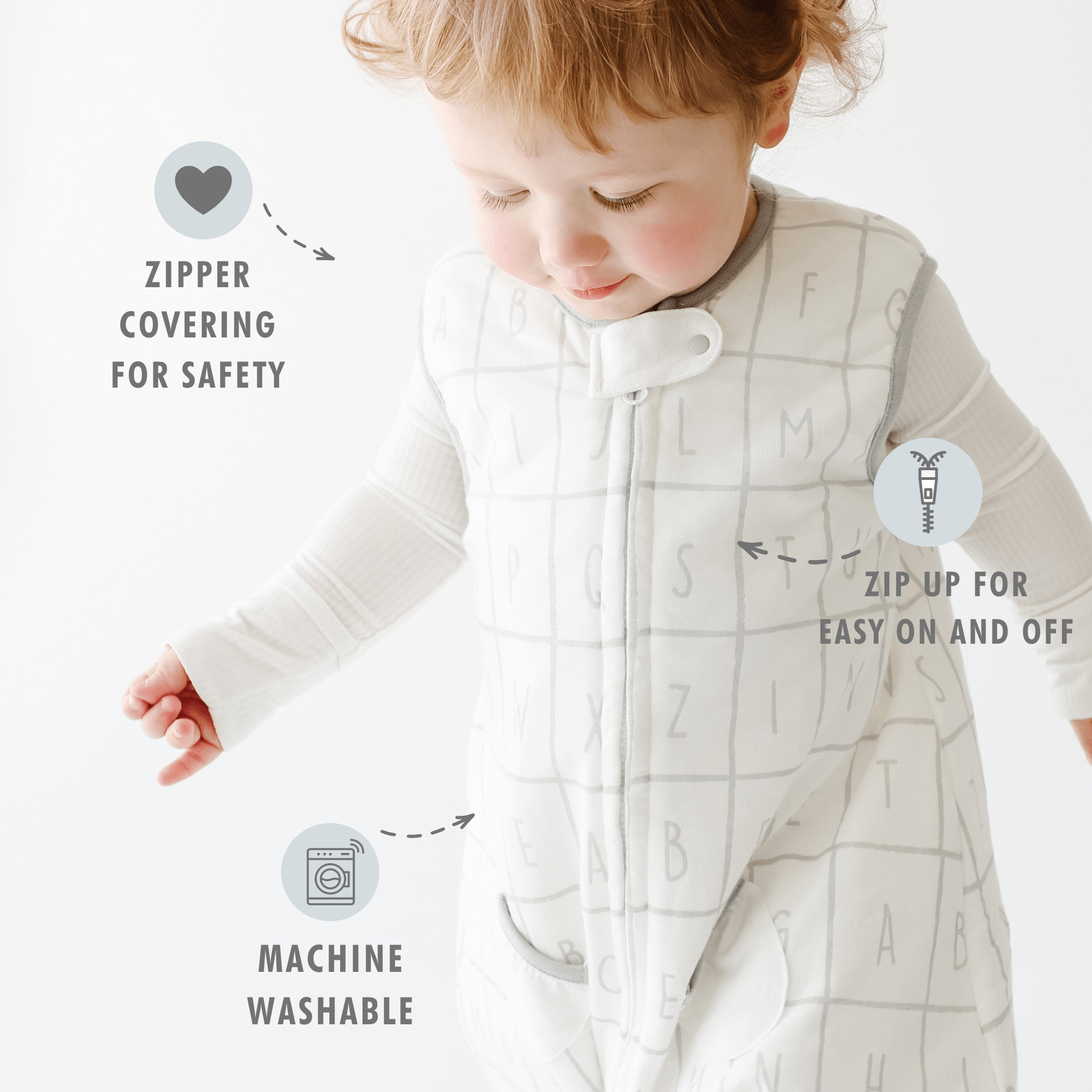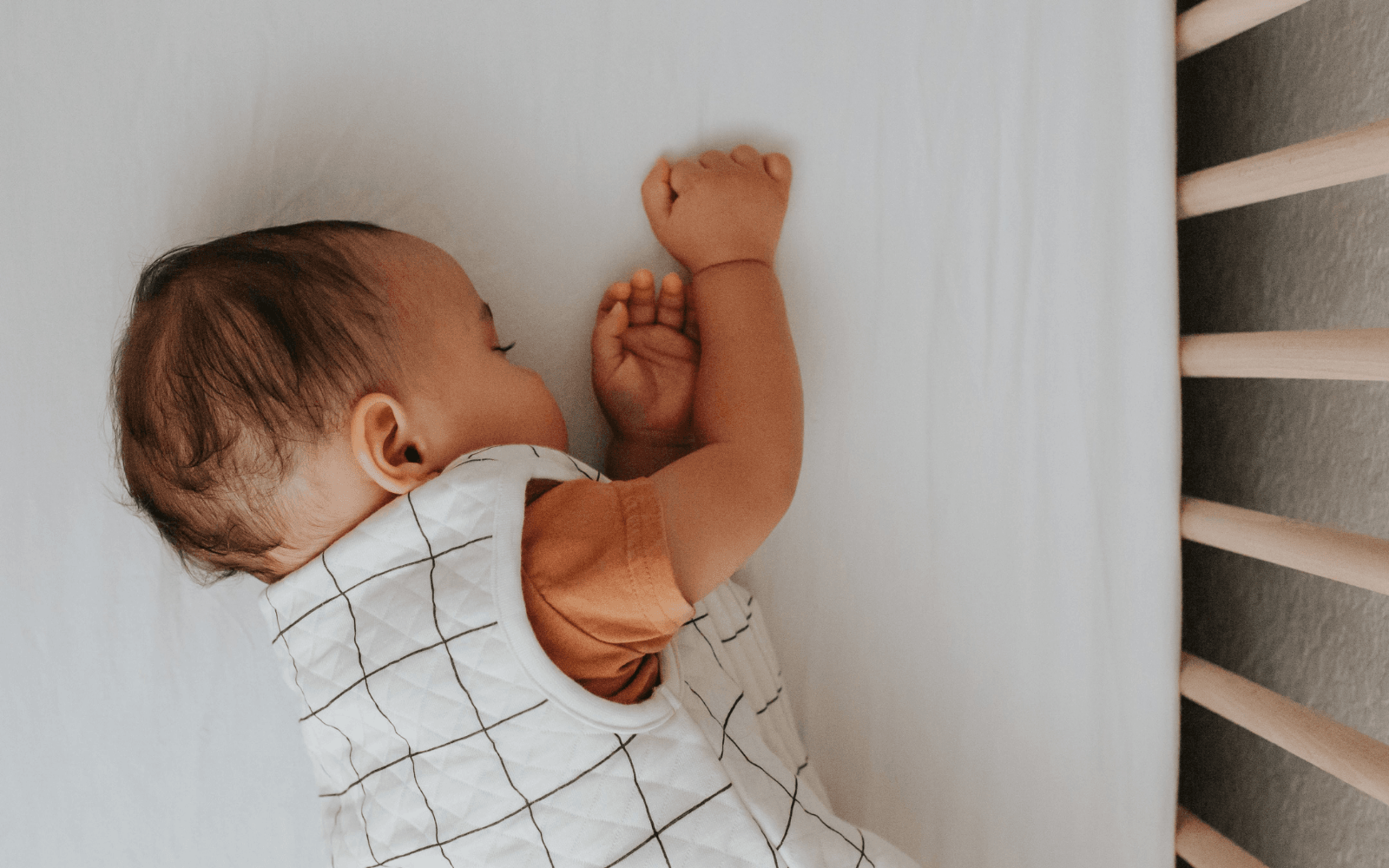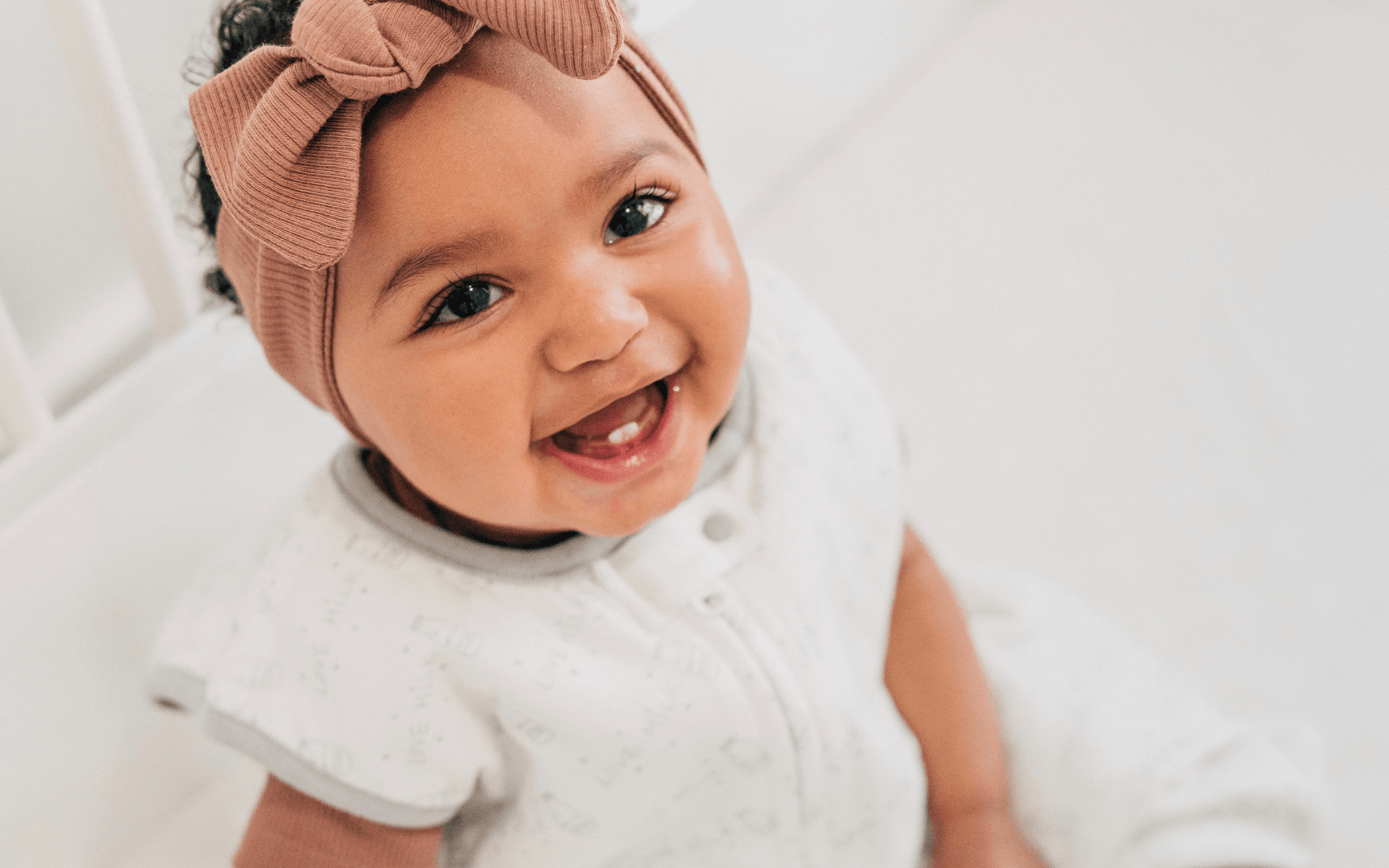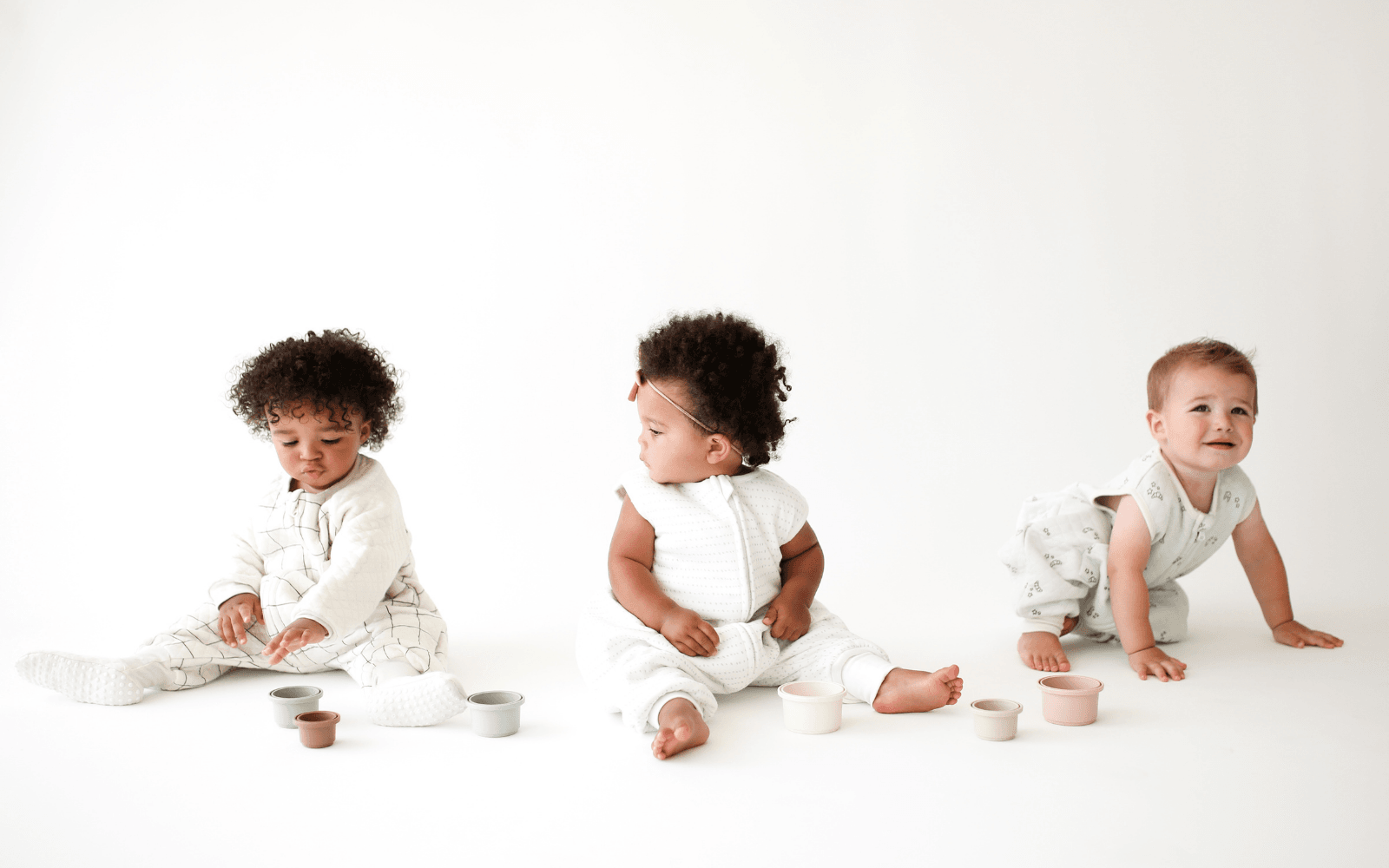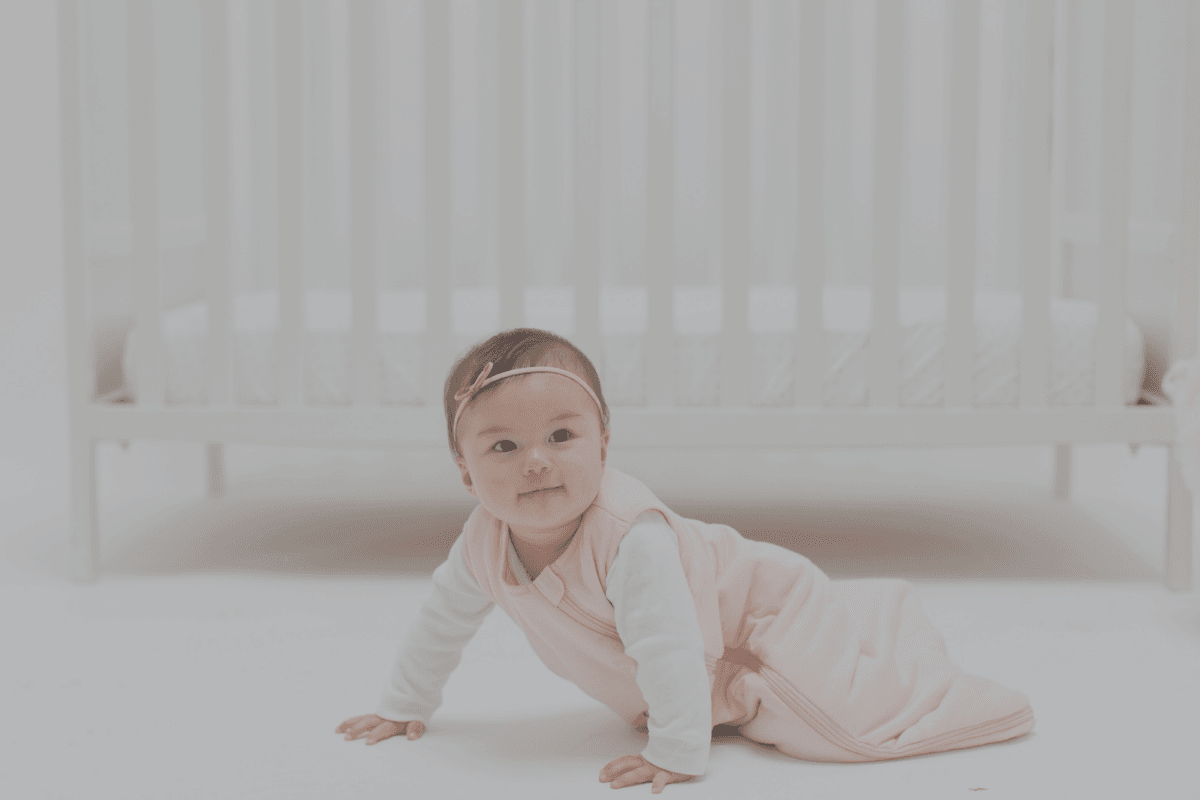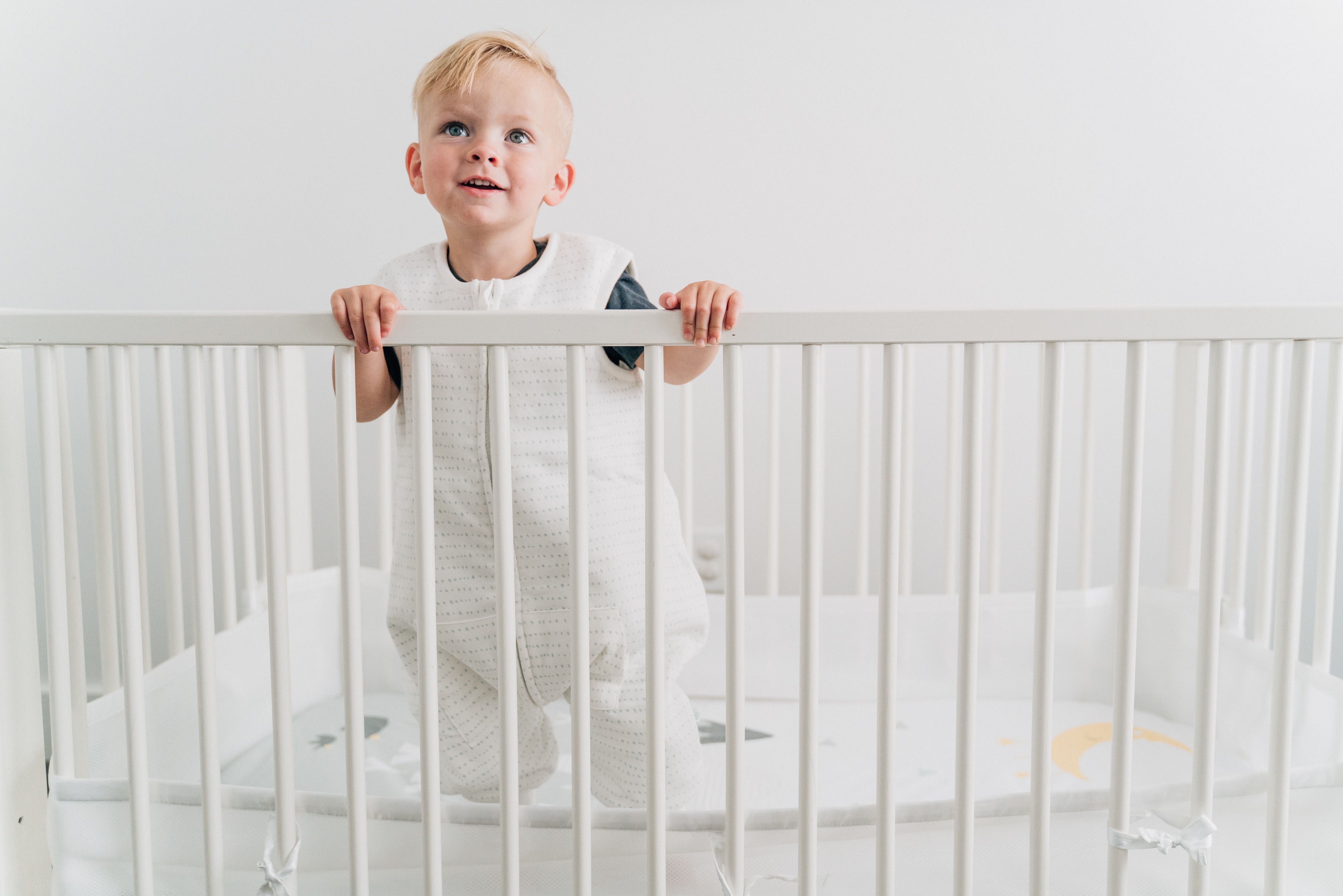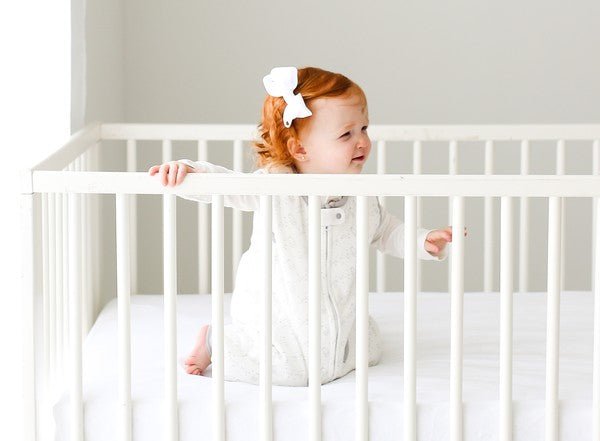How To Put A Baby To Sleep In 3 Steps
1. Timing Is Everything

You know the saying “timing is everything” — that could not be more true when it comes to baby sleep. The best time to put your baby to sleep is when you notice the signs of drowsiness – quieting of activity, less movement of the arms and legs, eyelids that droop, sucking that may be weaker / slower, slight staring off, hint of calmness. It’s recommended that you put your baby down to sleep when the baby is drowsy but awake to teach them to fall asleep on their own
Signs your baby will give to let you know that they are tired/overtired:
Yawns: The reason humans yawn, is that as the body becomes fatigued, it doesn’t work as efficiently; the normal supply of oxygen brought in by the lungs, heart, and blood system diminishes a bit. Yawning is the body’s way of gulping down extra oxygen.
They Bury their faces into your chest: They may also turn their head away from you or the object. They may make involuntary movements, flailing their arms and legs.
When they gain control of their limbs – babies rub their eyes, pull their ears, scratch their face
When they begin to gain mobility – babies arch their backs and lean backward
Crawl/walk – babies and/or toddlers become clingy
Want to learn more about naps? Click here.
So why do babies and toddlers get overtired anyway? Scientifically, it’s said that there are chemical changes that occur to fight the fatigue — this interferes with the baby’s ability to easily fall asleep and stay asleep. Since all babies are different, there may be variations on how this might happen. Watch and monitor how long the baby has been up for (new babies can only handle 1-2 hours of wakefulness!)
2. Create a Calming Environment

Develop bedtime and nap time rituals. Try to have bed-times and nap times be done the same way each time. Babies are creatures of habit — just like we are. And just as we like our sleeping environment to be a certain way (ie. comfortable pillow and bed please!) babies get used to their sleep environment too. Research shows that even very young infants who have been conditioned to expect a particular stimulus are able to predict when it’s coming.
Provide the environment for sleep – and guess what? There is no one right answer!
Always get to know your baby and you will learn what works for them. You as a parent are teaching the baby EVERYTHING! Even how to fall asleep.
If you co-sleep, then you will have to think about how long you will co-sleep with your baby given your circumstance. Once you condition your baby to fall asleep by co-sleeping, then your baby will naturally not like the idea of being transitioned to a room or a crib later, because they learned to fall asleep with you. If you want your baby to fall asleep on their own, you have to teach them to. If you rock your baby, cuddle them, or put them on the chest while sleeping, you are teaching them to learn to sleep in those specific ways.
Regardless of how your baby sleeps; providing soothing activities such as moving the baby to a less stimulating place, swaddling or using a Dreamsuit (when they are able to walk), playing lullabies, giving massages, giving baths, reading books quietly will help them be comforted and fall asleep faster.
3. Consider and Follow AAP (American Academy of Pediatrics) Guidelines

Until the age of 12 months, to reduce the risk of SIDS, AAP recommends the following practices for safe sleep:
Keep loose items out of the crib - blankets, stuffed animals, comforters, etc.
Place baby on their back to sleep and on a firm mattress
Make sure your baby's head and face stay uncovered during sleep
Do not overheat your baby. The best room tempurature is between 68-72 degrees F.
Offer a pacifier if the baby will take it
